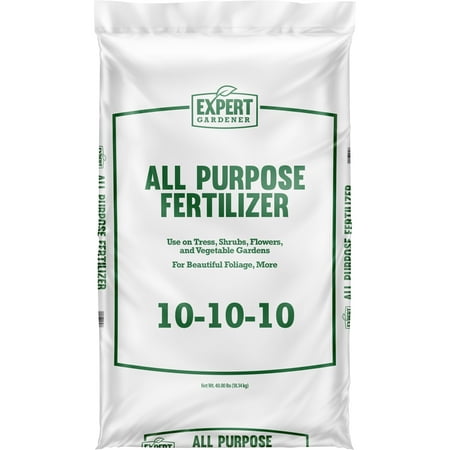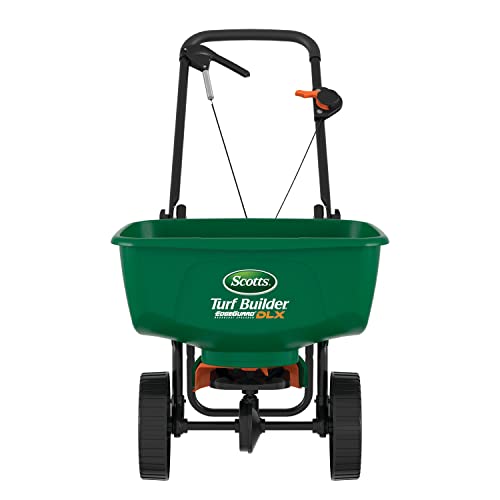7 plants to feed this month – and the best fertilizer to use in May
Give a host of backyard plants a valuable boost of nutrients with a feed this month

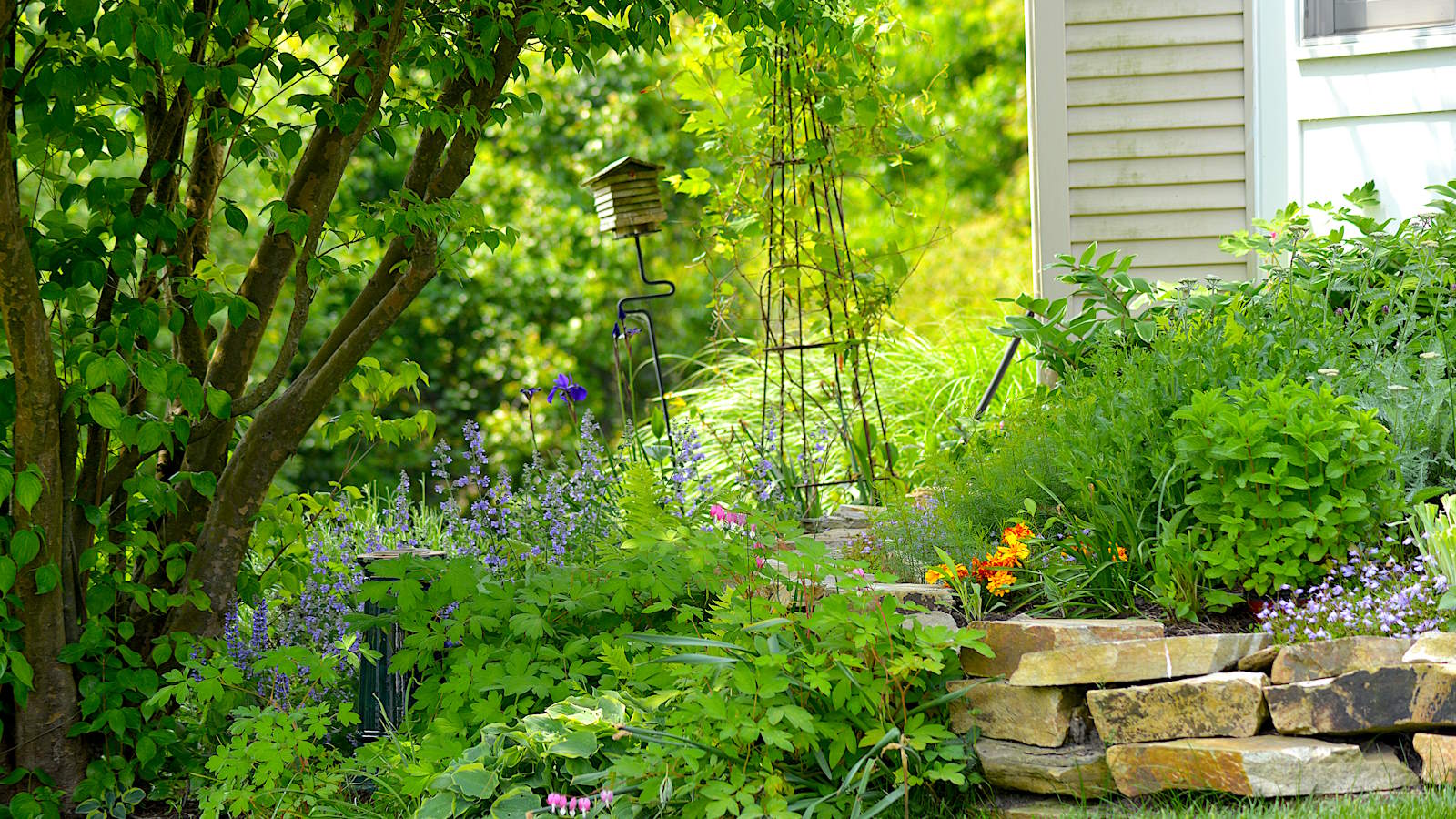
Spring is a fantastic time of year to fertilize a plethora of plants. As the temperatures rise and trees, shrubs, and flowers start to grow again for the year, feed provides them with valuable nutrients to develop healthily and put on a great display that year.
Whether May is early spring or mid-spring will vary depending on your US hardiness zone. It can be early spring in zones 6 and below, whereas the temperatures will have warmed much earlier in zones 7 and above and the risk of frosts may have ended over a month ago.
We take a close look at some trees, shrubs, perennials, and vegetables that benefit from being fed this month. However, even if your climate means you are in mid-spring rather than early in the season, an application this month can still garner good results if you have not got around to fertilizing yet.
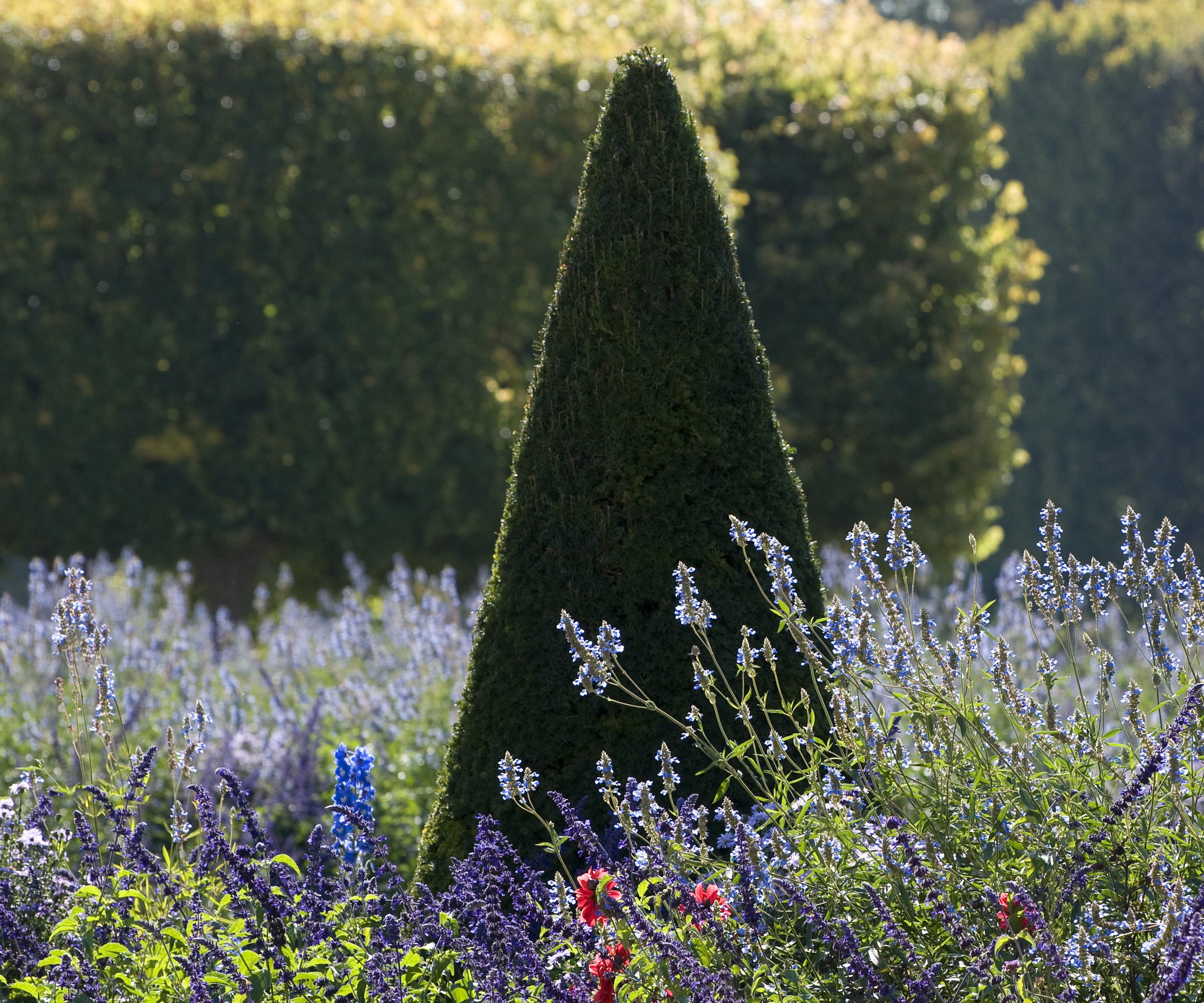
Tips for fertilizing plants in May
If there is still a risk of frosts in your climate, it is better to hold off from fertilizing if the ground is frozen. Only apply products when the ground has defrosted and the soil is workable, to avoid potential run-off from frozen ground.
Whatever products you use, only ever apply at the recommended rate. Whether it is an organic or synthetic fertilizer, there are risks of over-fertilizing plants and it can leave them stressed, stunted, and more susceptible to pests and diseases.
1. Roses
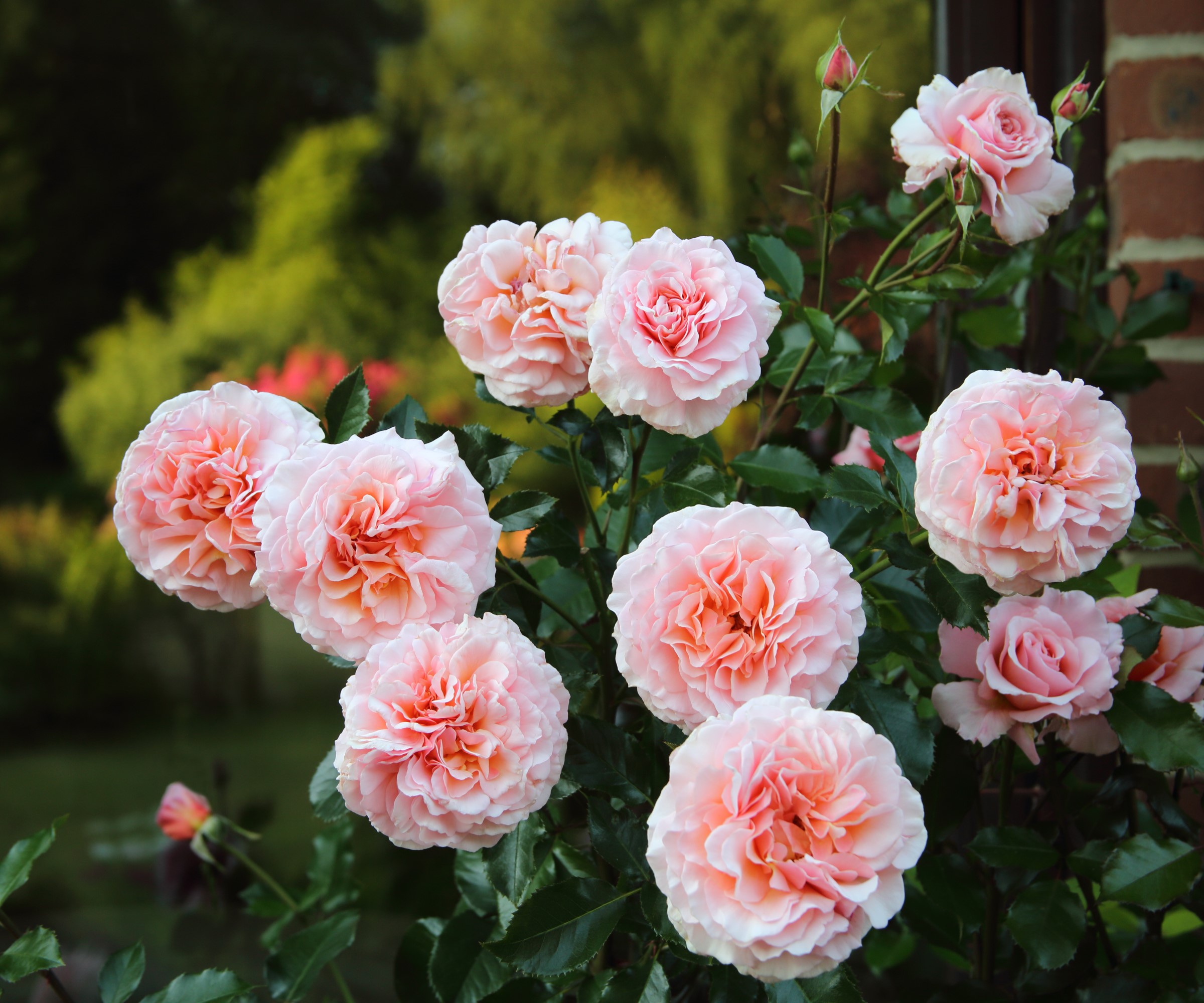
The general rule is that established roses want to be fertilized in early-to-mid spring. The time to feed is when they have started actively growing for the new year, at the point the new growth is around six inches long and just starting to leaf out.
An ideal fertilizer to use at this stage in spring is a product designed especially for growing roses, such as this rose fertilizer on Amazon that can feed plants and protect against pests and diseases.
Design expertise in your inbox – from inspiring decorating ideas and beautiful celebrity homes to practical gardening advice and shopping round-ups.
A rose feed should be applied at least twice a year, once in spring and another in mid-to-late summer. Roses also benefit from mulching in spring after the application of fertilizer.
2. Potatoes

The first stage of fertilizing potatoes occurs when you plant the potatoes in spring - the time for which will depend on the type of potatoes you grow, from early types in early spring to maincrop potatoes going in later.
Once the potato plants have started growing and reach around six inches in height, they will benefit from a regular fertilizing schedule going forward.
A feed every two weeks from mid-May onwards with a liquid plant fertilizer helps grow and develop the underground tubers. The ideal feed to use is one high in phosphorus and potassium, such as a tomato fertilizer, available at Amazon.
3. Evergreen hedges

Fertilizing hedging plants is a job for any spring gardening checklist and May can be an ideal time to feed evergreen and deciduous hedges.
Fertilizing hedges can be quick and simple and one feed in spring when they are putting on new growth can suffice for the whole year. Giving hedges a feed with a balanced and slow-release fertilizer in spring can provide all the nutrients they need.
Specific products are available for evergreen hedging plants like yew, such as this evergreen tree and shrub plant food available at Walmart, which provides a specially formulated mix of nutrients for those particular plants.
4. Tomatoes
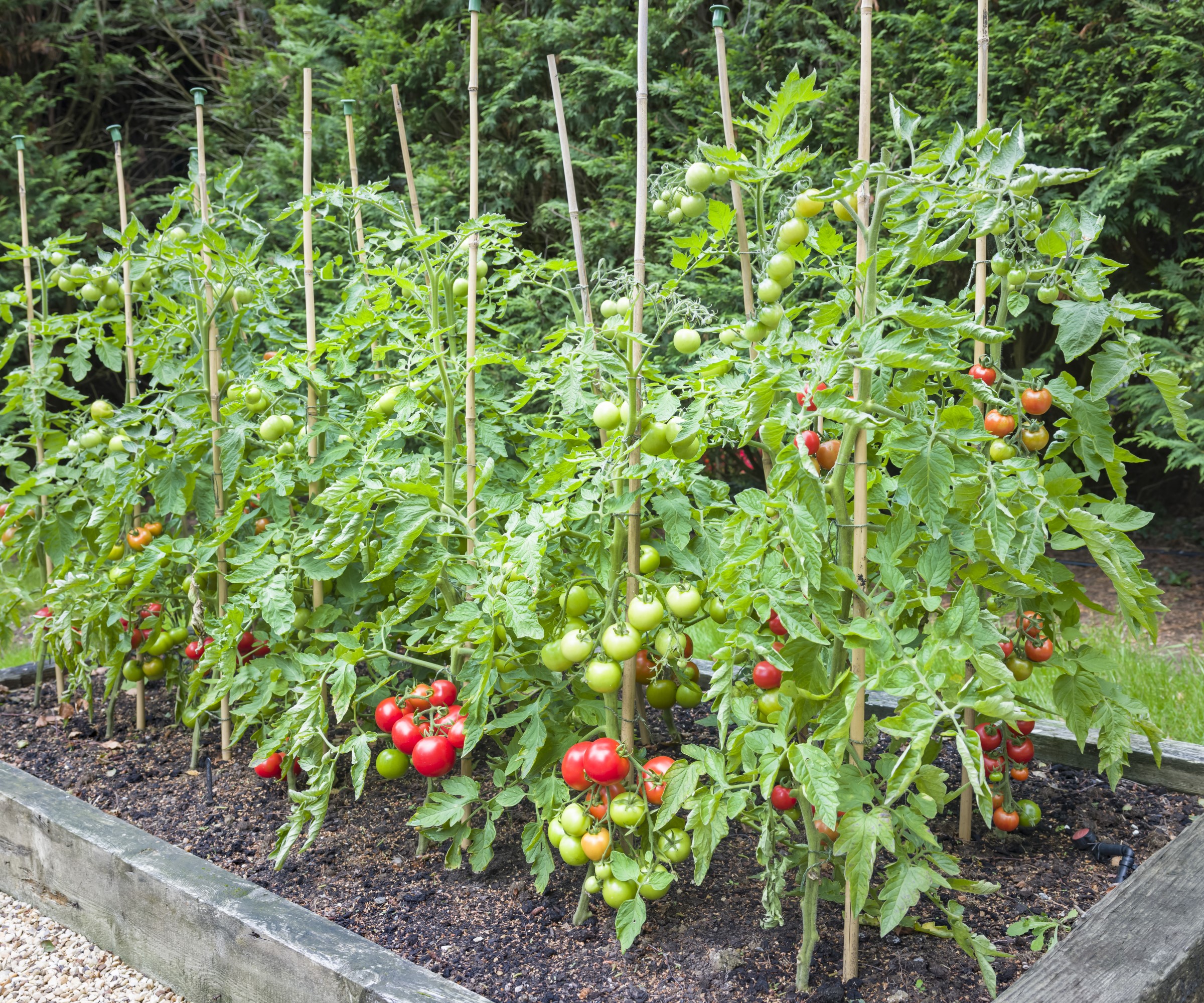
Everyone loves growing tomatoes. Whether you are planning a greenhouse filled with tomatoes or planting them outdoors in the yard, on a deck, or on a balcony, May is often the time when tomatoes are planted in their final position.
Adding balanced fertilizer when you plant tomatoes will provide them with valuable nutrients to help them grow strongly - this is especially important if you are growing tomatoes in pots.
Getting them off to a good start in their new home helps plants get established and start flowering - the sign to start fertilizing tomatoes with a liquid feed throughout the summer for a great harvest of tomatoes.
5. Cool season grasses
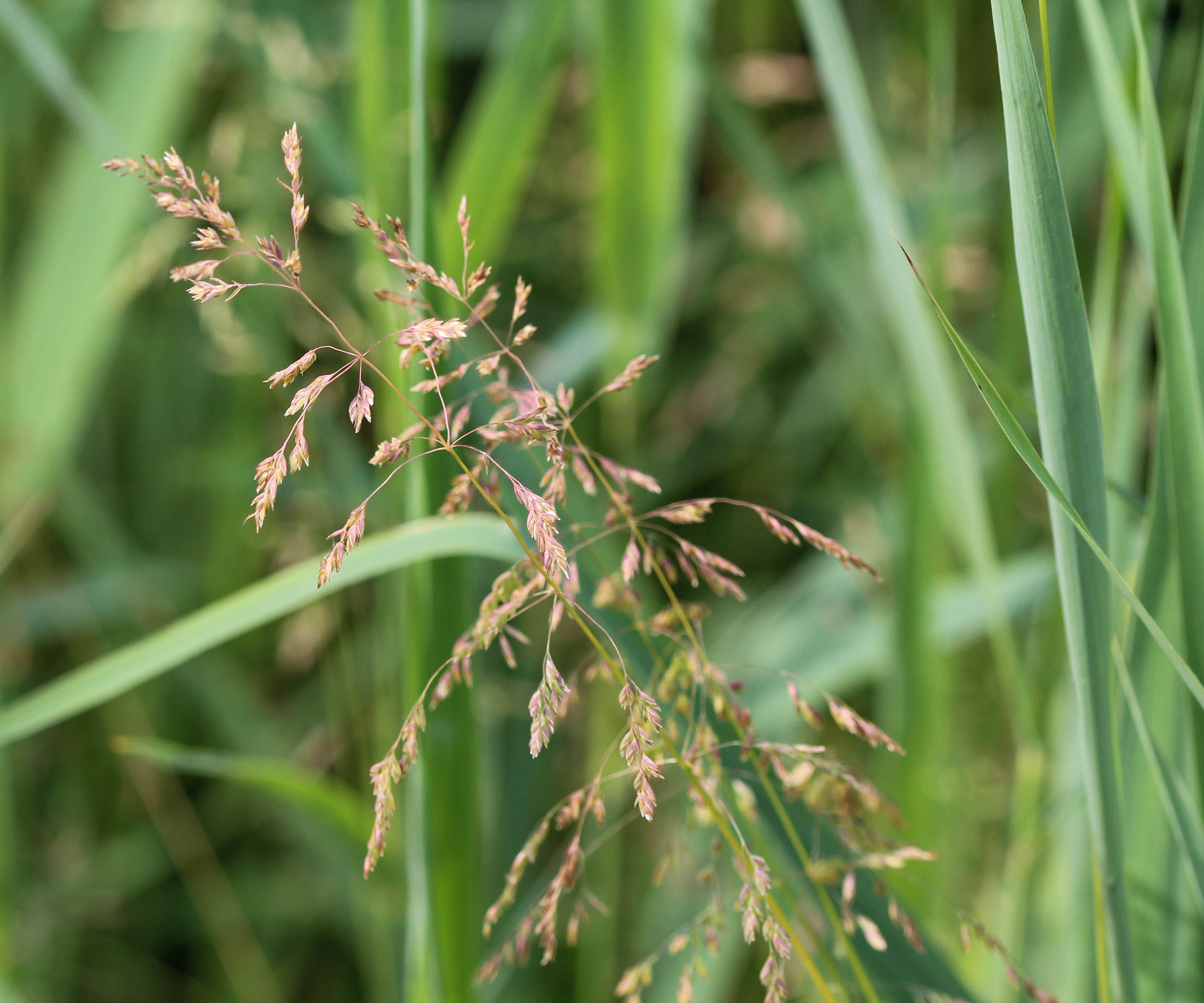
Spring is a great time to fertilize a lawn. While you fertilize warm season grasses in early spring as part of a spring lawn care routine, cool-season grasses such as Kentucky bluegrass, ryegrass, and fescues are best fed in mid-to-late spring.
The grass will start growing in spring, but cool-season grass does not want fertilizing as soon as it starts growing - it can be a lawn care mistake capable of stressing the grass and promoting excessive leaf growth rather than root development.
It is better to wait until the temperatures increase in mid-spring, so the grass benefits from a dose of nutrients just before the heat of summer arrives.
A slow-release fertilizer is the best option, like this lawn fertilizer available at Amazon, that should be applied with a lawn spreader to ensure even coverage.
6. Agapanthus
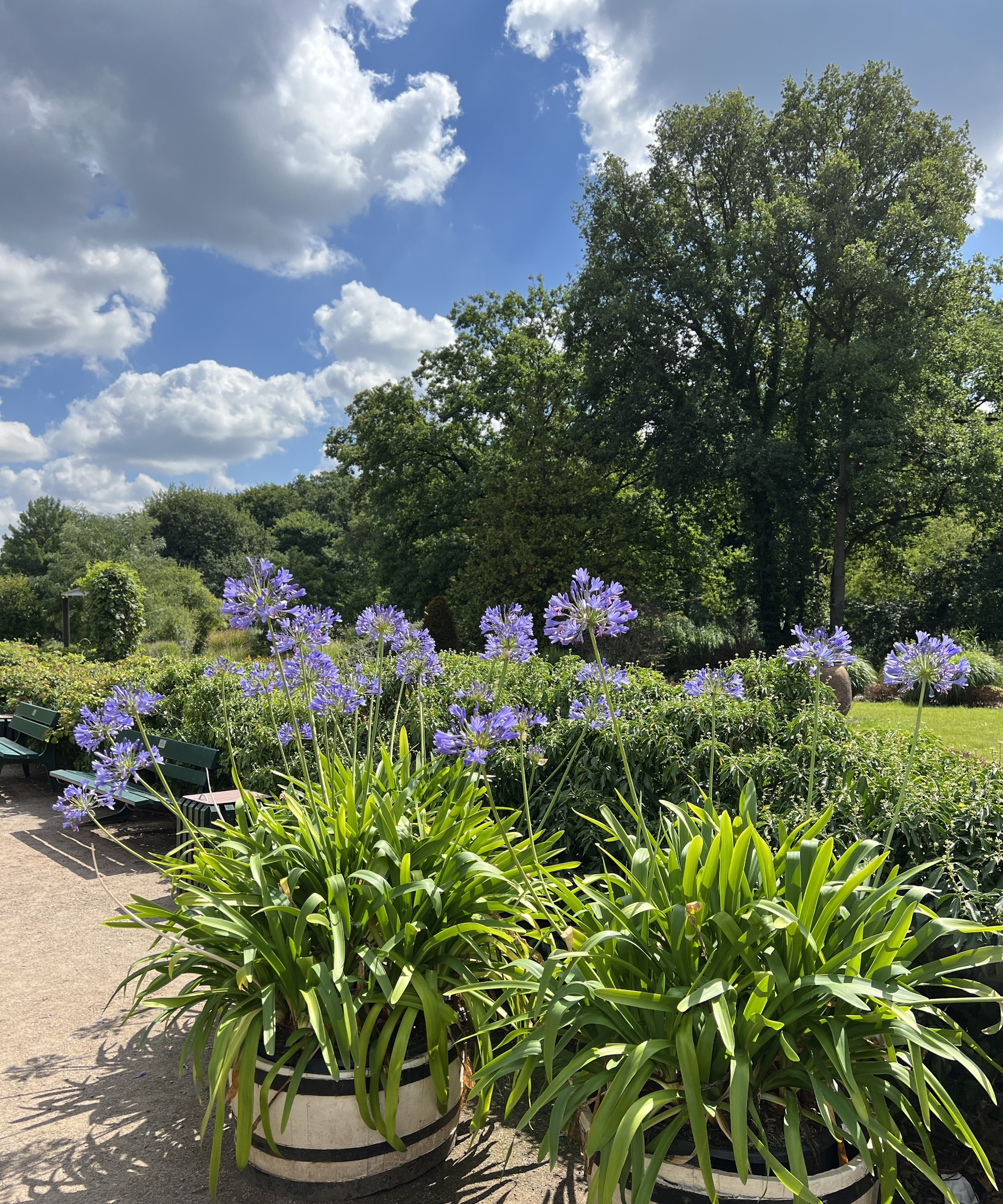
Agapanthus are very showy blooms and the exotic plants are one of the best summer bulbs to grow. They are commonly grown in pots and container-grown agapanthus will need regular doses of fertilizer throughout the year to ensure they put on a great display.
Feed agapanthus with liquid plant food every two weeks from the start of May onwards. Liquid all-purpose feeds are a great fertilizer for flowers in pots to keep them blooming during the summer.
Products such as this liquid plant food at Amazon are mixed with water and applied when you water plants.
7. All new plants
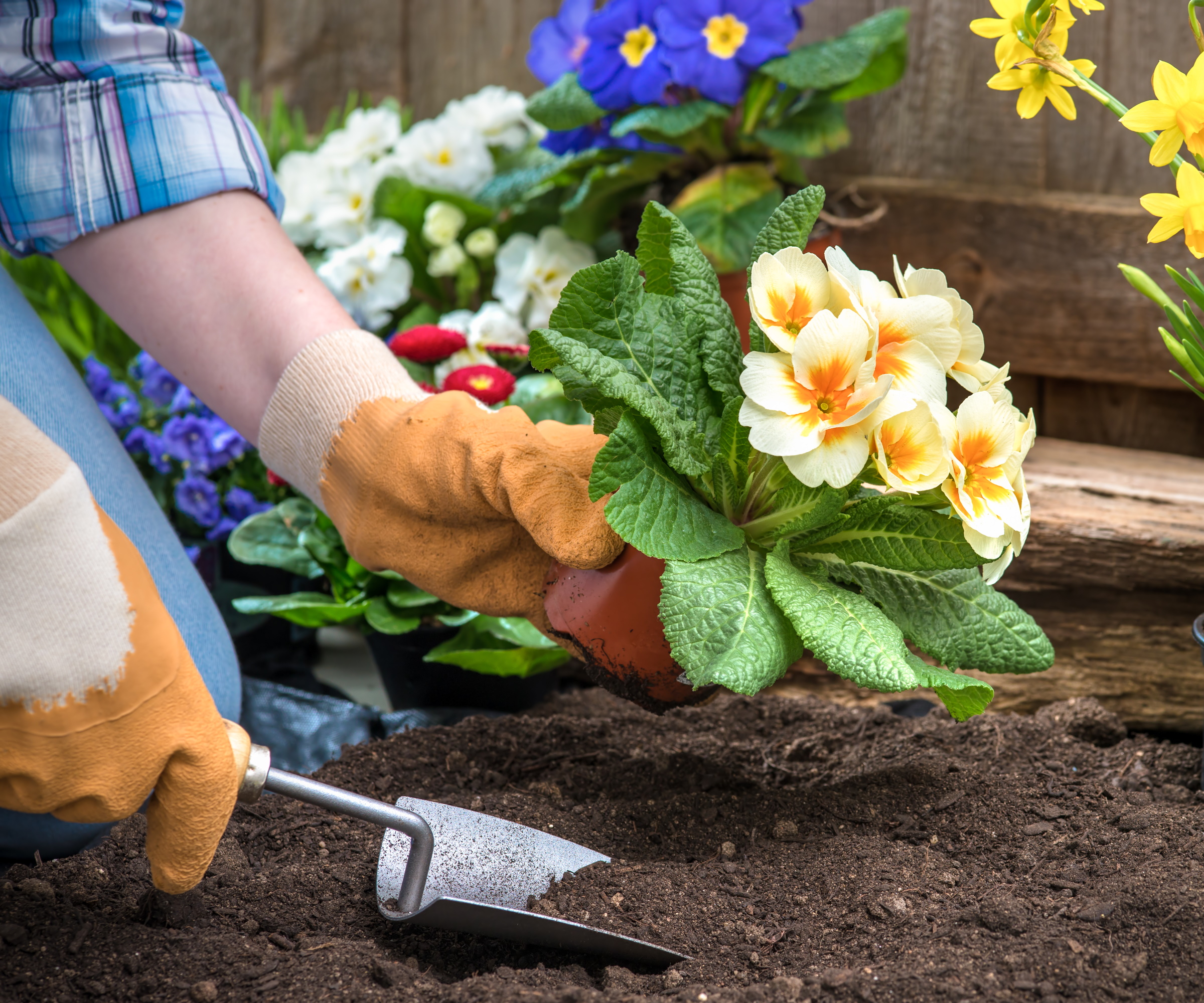
Finally, May is a month when lots of new plants are added to your backyard ideas. Whether you plant perennial flowers in May or add lots of new young crops to your vegetable garden, you want to fertilize all new plants at the time of planting. The best feed for new plants is a balanced fertilizer that will provide the right mix of nutrients to promote a good combination of both leafy and root growth.
FAQs
Can I feed my lawn in May?
You can fertilize a lawn in May if you have not yet fed your grass in spring. It is not too late to provide a lawn with a valuable dose of nutrients to help it develop strongly. However, if you fed your lawn earlier in spring it is not advisable to do so again until fall, to avoid any risk of over-fertilizing a lawn.
If your aim is sustainable gardening, then our guide to how to make a plant fertilizer can provide you with some inspiration. See how to make plant food from common garden and household waste items to help reduce the need for chemicals and save you a bit of money.

Drew has worked as a writer since 2008 and was also a professional gardener for many years. As a trained horticulturist, he worked in prestigious historic gardens, including Hanbury Hall and the world-famous Hidcote Manor Garden. He also spent time as a specialist kitchen gardener at Soho Farmhouse and Netherby Hall, where he grew vegetables, fruit, herbs, and cut flowers for restaurants. Drew has written for numerous print and online publications and is an allotment holder and garden blogger. He is shortlisted for the Digital Gardening Writer of the Year at the 2025 Garden Media Guild Awards.
